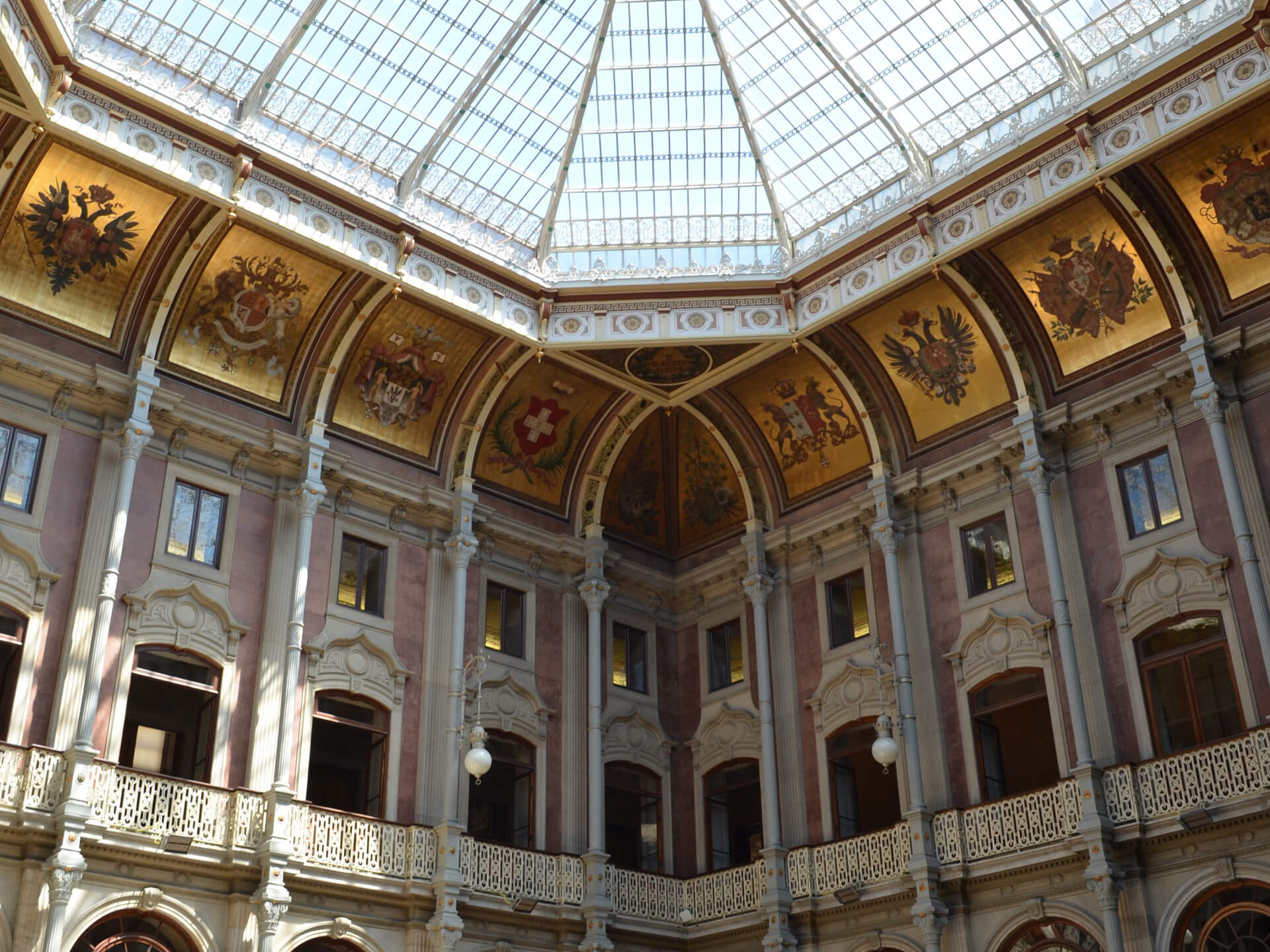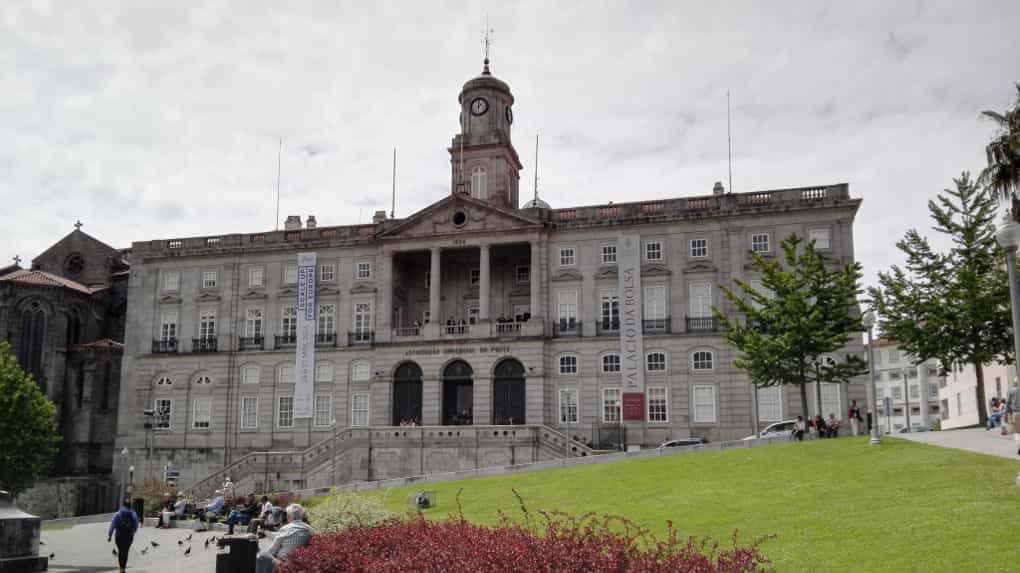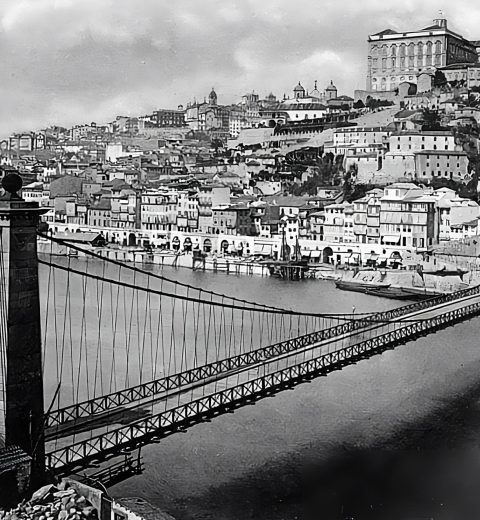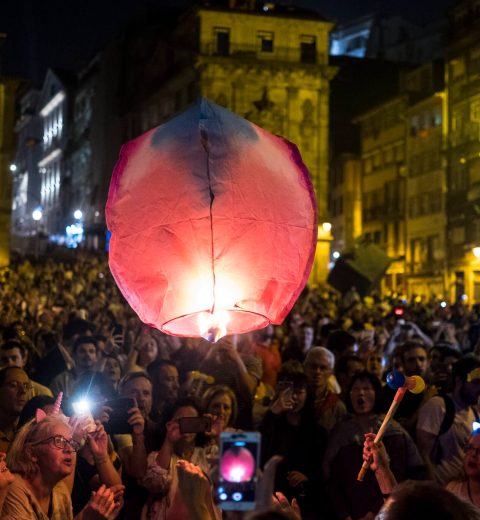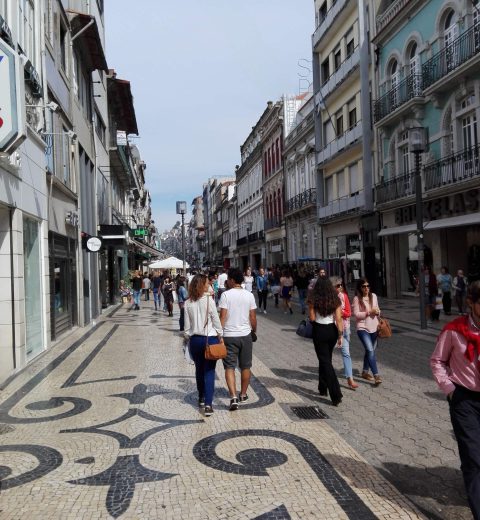The Porto Stock Exchange Palace is an iconic building located in the heart of Porto, considered a national monument of Portugal. With its rich history dating back to the 19th century, it is one of the main tourist attractions in the city and one of the most important buildings in the country.
The Porto Stock Exchange Palace
The Porto Stock Exchange Palace was built as the headquarters of the Porto Commercial Association, founded in 1834 with the aim of promoting trade and industry in the region. The construction of the building began in 1842 and was completed in 1910, going through several phases of renovation and expansion over the years.
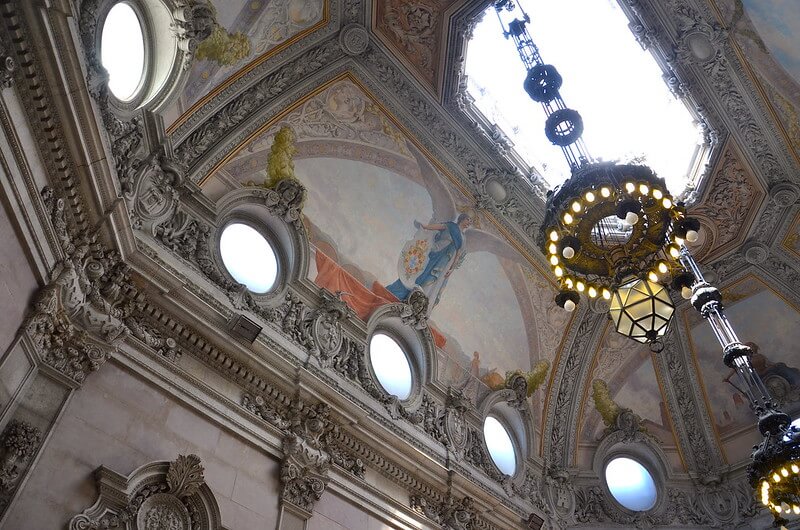

Current function of the Porto Stock Exchange Palace
Currently, the Porto Stock Exchange Palace is used as a conference and events center, offering versatile and sophisticated spaces for meetings, conferences, and other corporate events. It is also the headquarters of the Porto Commercial Association.
The Porto Stock Exchange Palace is the “welcoming hall” of Porto and receives illustrious visitors, including monarchs, presidents, and ministers from many countries.
Art collection in the Porto Stock Exchange Palace
In addition to its current functionality as a congress center, the Porto Stock Exchange Palace also houses one of the most important art collections in the country, including works by renowned artists such as Rubens and Grão Vasco.
Architecture and Design of the Porto Stock Exchange Palace.
Architectural style of the building
The Porto Stock Exchange Palace is a perfect example of neoclassical architecture, with influences from other styles such as Gothic and Baroque. The building has an imposing facade, with large and ornate columns and a wide porch at the main entrance.
The interior of the Porto Stock Exchange Palace is equally impressive, with spacious rooms decorated with elaborate molds and sculptures.
What can we visit inside the Porto Stock Exchange Palace?
The interior of the Porto Stock Exchange Palace is as impressive as its exterior. Upon entering, you will be greeted by a large entrance hall with a beautifully painted ceiling and a spiral staircase leading to the upper floors.
On the first floor, you will find the Arab Room, one of the most beautiful rooms in the palace, decorated with Arab motifs and rich mosaic tiles.
What are the main attractions of the Porto Stock Exchange Palace interior?
Arab Room
It is said that Gustavo Adolfo Gonçalves de Sousa, the architect who built this Arab room, was inspired by the Alhambra Palace in Granada (Spain), and here too the floor is made up of the finest woods.
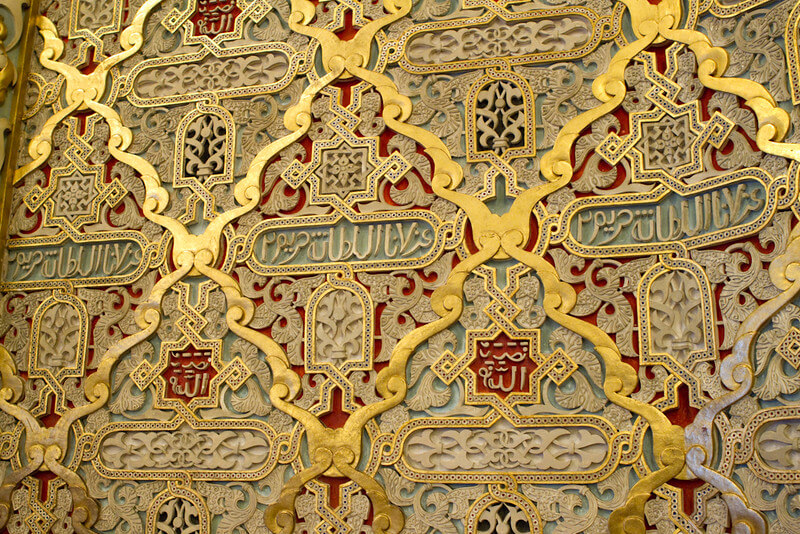

The Arab Room is the most important official event room in the city of Porto.
Nations’ Patio
The dome of iron and glass, a work by Tomás Soller, is an admirable structure, completely flanked by 20 shields representing the countries with which Portugal maintained friendly relations and trade in the 19th century.
In the Patio of Nations, we also highlight the floor, covered with mosaics inspired by Greco-Roman models discovered in Pompeii.
Noble Staircase
This staircase, with notable decorative details in granite, by Gustavo Adolfo Gonçalves and Sousa, the two imposing chandeliers, and the existing skylight give this space its own charisma.
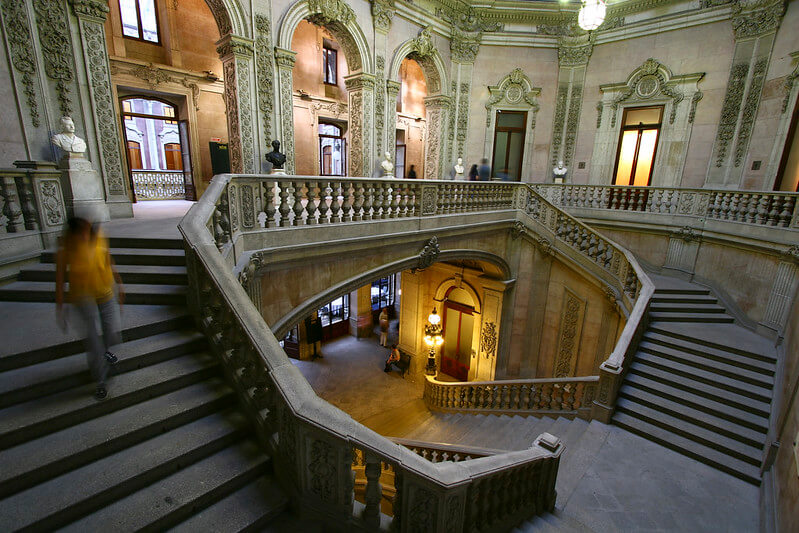

Gustave Eiffel Cabinet
It was in this room where Gustave Eiffel designed his most emblematic works in Portugal – the D. Maria Pia Bridge (Oporto), the Double Bridge of Viana do Castelo, the Barcelos Railway Bridge, or the Pinhão Road Bridge.
This room is a tribute to the genius of Gustave Eiffel, who left his mark on the city of Oporto.
Explore other spaces of the Porto Stock Exchange Palace
The Porto Stock Exchange Palace has several other noteworthy spaces, such as the Gallery of Former Presidents, a space to honor all former presidents of the institution, the Library, the Courtroom where new members of the Brotherhood of Port Wine are enthroned, the Jury Rooms, the Telegraph Room.
Furthermore, the Porto Stock Exchange Palace, has a Presidential Room where you can see oil paintings from 1890 by Marques de Oliveira, which have themes related to traditional works of Roman civilization, the Golden Room, covered with gold leaf, the General Assembly Room with its large chandelier in the center, has a very peculiar detail, its walls, although they seem to be made of wood, are actually made of plaster. This detail is due to the great skill of the craftsmen who created it.
Other room that we can see is the Portrait Room, decorated in the Louis XVI style, honors the last six kings of the Braganza Dynasty, as a tribute of gratitude to Queen Maria II for donating the ruins of the ancient Convent of S. Francisco, on which the Porto Stock Exchange Palace was built.



